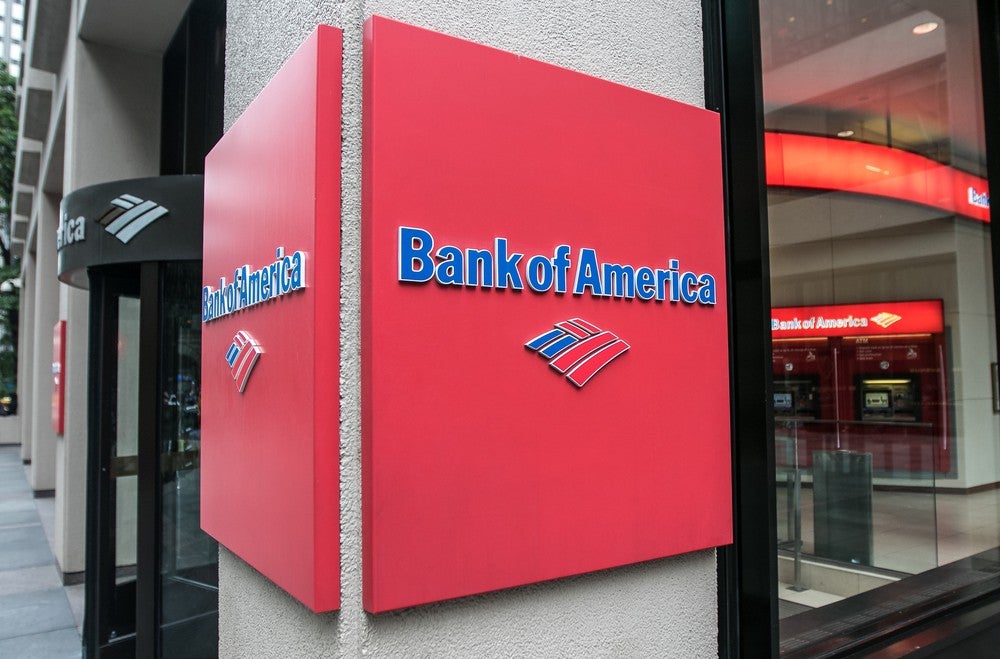Bank of America is facing massive criticism after announcing it will start charging a $12 monthly fee to customers with low checking account balances, with critics saying the penalty amounts to a regressive tax on the poor.
When banks make it virtually impossible for low-income people to maintain traditional bank accounts, they are left vulnerable to costly check-cashing outlets, pawnshops and other predatory service providers. Bank of America must do better. https://t.co/3ijXjsQJI8
— Kristen Clarke (@KristenClarkeJD) January 23, 2018
Hey @BankofAmerica husband and I will be closing our account tomorrow. While we do have direct deposit and still qualify for the free account we will be closing on principle. What about the single mother who lives on minimum wage and already had a hard time feeding her kids?
— Heather Geronimo (@HeatherMae030) January 23, 2018
The fee will be applied to customers with less than $1,500 in their accounts, and monthly direct deposits of less than $250. So seemingly, anyone with a steady job and direct deposit setup should be unaffected — as a few others have pointed out, too.
https://twitter.com/sun__kissssed/status/955813584407351296
Thanks, fair point. Most people with steady jobs won’t have an issue. Or people with an extra $1,500. But aren’t there lots of people who are contract workers, part time workers, living paycheck to paycheck, or paid in cash? But they still need a checking account to pay bills.
— Steve Inskeep (@NPRinskeep) January 23, 2018
But still, people are pissed, and understandably so. It’s never a good look when a financial institution that helped orchestrate the 2008 financial collapse, and has been accused of knowingly misleading its customers and misusing their cash tries to nickel-and-dime its low-income customers. (Plus, the checking account option in question is popular with low-wage earners.)
Cruel. After receiving a massive tax cut, Bank of America is targeting its poorest customers with fee increases. #GOPTaxScamhttps://t.co/1BWwF8jdpx
— Ron Wyden (@RonWyden) January 23, 2018
If you can look past all of that, though, there’s merit to be found in Bank of America’s controversial decision — if just as a tool for your own personal finance. The central idea here — of placing a limit on a checking account, no matter how seemingly arbitrary — is a proven method for helping people reduce their spending. And using an incentive to enforce it — in this case, a $12 penalty — has been shown to be an effective way to influence people’s behavior. (There’s even an entire field of behavioral economics called nudge theory that posits you can have drastic effects on a population’s behavior just by employing these minor incentives.)
Case in point: One of the most popular personal finance personalities working today is Dave Ramsey, whose books Total Money Makeover and Complete Guide to Money are oft–cited as must-read personal finance texts (for millennials in particular). And one of his most popular money-saving techniques is the so-called “envelope method.” Adherents create a budget, and at the beginning of each month, they fill different envelopes with cash for their various expenses. If they budgeted $500 for food for the month, they put that much in the “Food” envelope, and they’re allowed to only use money from that envelope when buying groceries. They can’t dip into the “Clothing” envelope to go out to eat, for example, and are thus forced to alter their behavior to stay within their self-imposed financial restraints.
Ramsey and his methods are often criticized for being too austere, and therefore unsustainable for all but the most dedicated of savers. But these kinds of artificial limits on our spending are effective. Setting aside a “no-spend day” one day a week has been shown to help people rethink their consumption habits and scale back their purchasing. “Just getting into the mindset that it’s possible to go a full day without spending a dollar starts the habit of watching how you spend every day,” no-spend day proponent Michael Airhart told me two years ago. “You naturally start spending less on spending days, too.”
And many credit Ramsey’s drastic measures, particularly the envelope method, for giving them the financial discipline they needed to finally get their finances in order.
Bank of America’s $1,500 minimum is a similar artificial limit on spending. And for people not living paycheck to paycheck, but among the 46 percent of Americans who don’t have enough money saved for a $400 emergency expense, it can be an effective way to get them to stop depleting their checking accounts every month.
I do something similar, but my artificial limit is zero. Or better put, at the beginning of each pay cycle, I take out of my checking account all the money I can afford to save, placing it in either a 401(k), IRA or general savings account. All that’s left is the cash I will use to pay my rent and various bills. So I know that I can’t pull from my checking account lest I risk overdrafting my account at the end of the month. (This method is essentially a digitized version of the envelope method. I’m setting aside a certain amount of cash, and saying this money — and only this money — will go toward my living expenses.)
I could just as well conduct my strategy with Bank of America, but with $1,500 as my baseline. So instead of depleting my checking account to near zero at the end of each month, I’d deplete it to a little more than $1,500. Either way, I’m using a limit and the possible threat of a fee as a catalyst to save.
Look, Bank of America’s policy change seems unreasonably callous given the number of low-wage earners who rely on these accounts. And they should option a free checking option for people in that category. For those who have a solid income but still struggle to save a reasonable amount of money, however, this kind of account might finally teach them how.
Or at least how to save $1,500.
